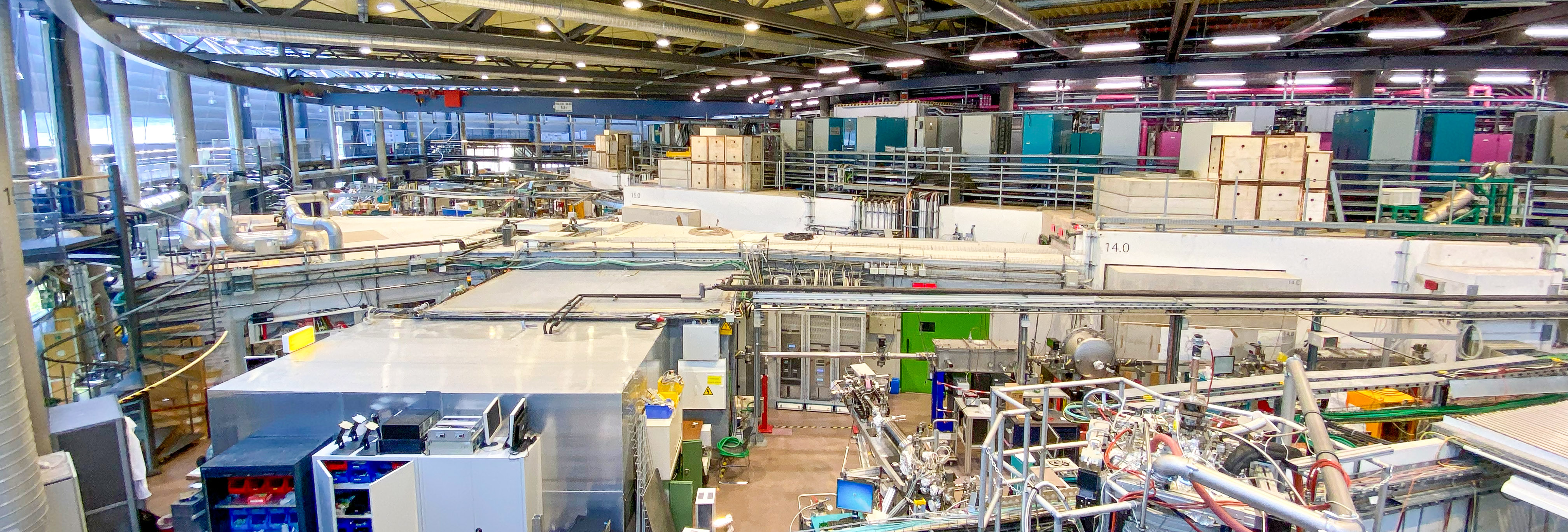Joint Research Group Macromolecular Crystallography
Joint Research Group Macromolecular Crystallography
Our MX team is located at the Wilhelm-Conrad-Röntgen Campus of the HZB in Berlin-Adlershof. We are responsible for the operation, maintenance, and further development of three synchrotron beamlines assigned to macromolecular crystallography at the BESSY-II electron storage ring.

The primarily remotely accessed beamlines 14.1 and 14.2 are tuneable and operate between 5.5-15.5 keV (2.25 to 0.75 Å), covering the absorption edges of heavy-atom derivatives. Beamline 14.3 is a fixed energy station operating at 13.87 keV (0.89 Å) with a versatile sample environment.
All endstations are equipped with hybrid pixel detectors, namely a PILATUS3S 6M (BL14.1), PILATUS3S 2M (BL14.2), and a PILATUS2 6M (BL14.3) (all Dectris, Switzerland) that allow high-performance data collection at peak quality. The automated sample changing robots CATS and G-ROB on beamlines 14.1 and 14.2 guarantee fast and reliable sample changing during the user operation.
Adjacent facilities provide an excellent environment to maximize user experience and advance the experimental crystallographic workflow. It includes a sample preparation lab, fully equipped lab space (safety level 1), high-performance computing resources, and office space. And, of course, the MX team will support and train you before and during your beamtime, no matter if you are remote or site.
More than 4500 entries in the Protein Data Bank (PDB) emerging from data collected at HZB document the success of the HZB MX-beamlines. More than one hundred international user groups from academia and the pharmaceutical industry use the facilities and collect diffraction data around the clock six days a week.
